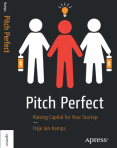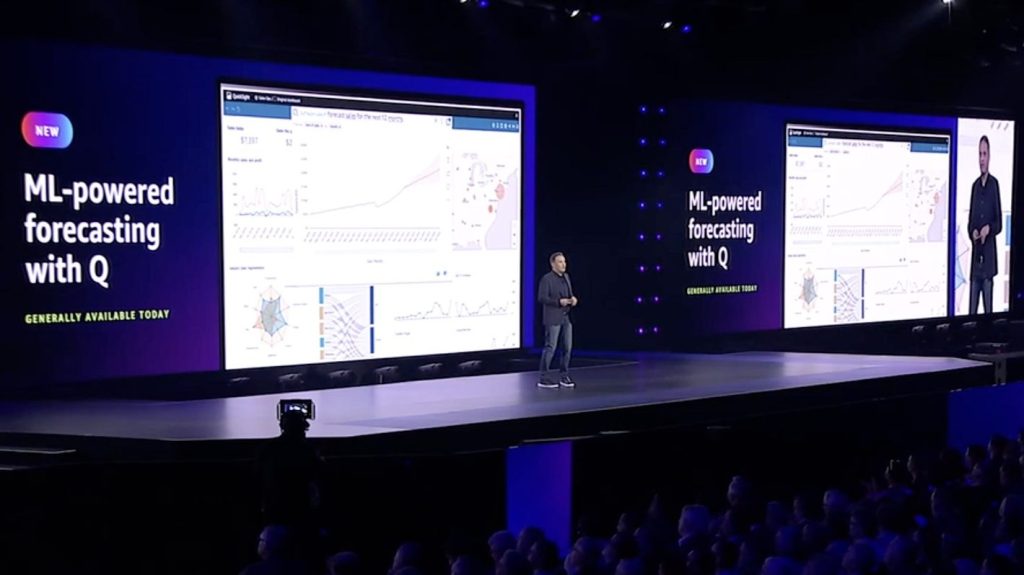If you’ve read anything about pitching your company, you’ve probably come across advice that says that you need a warm introduction to an investor. Without a doubt, a good, friendly introduction — ideally from a founder they’ve already invested in — is the best way to get on the radar of an investor. But if you don’t regularly attend barbecues at the Sonoma mansions of venture capitalists, don’t worry — access isn’t the only way to raise money.
Warm introductions
A “warm introduction” is one made by someone the VC knows well, by someone relevant. The VC might know their kids’ school teacher pretty well, for example, but the school teacher may not have a lot of startup or investing experience.
That’s a less warm introduction than one made by a founder of a startup in which the VC invested. Better than that, even, is an introduction from a founder who has already made the investor a lot of money through a previous exit. I don’t have to explain how this works; if you know investors personally, schedule a coffee and pick their brains. You don’t need an intro for that. If you know other successful startup founders, talk to them — they will make intros if they believe in your vision.
Unless you’ve been circulating in the startup ecosystem for a long time, odds are your list of founder buddies or investor friends is pretty short. Now, you may have to do a bit more work.
The idea of introductions is all about the network: It works as a filtering system. Any given founder will forward perhaps one or two deals per month to investors; those go to the top of the list, especially if the introduction adds some context about the strength of the connection. “I’ve worked with them for 15 years across three companies, and I have invested my own money in this company at the angel stage,” is better than “I met them at a party once.”
How to pitch me: 6 investors discuss what they’re looking for in April 2022
The problem, of course, is that networks can be opaque. Perhaps an old friend you used to work with at Google is a childhood friend of a well-known venture capitalist? Maybe your former boss went on to start a company, raised money from someone relevant to your company and would love to do an intro?
Mine your LinkedIn connections
LinkedIn is the perfect tool for doing this type of research. Make a long list of investors you might want to talk to: It’s time to research on LinkedIn.
For investment firms you want to talk to, look up your ideal partner on LinkedIn. Check out who your second-degree connections are and email them one by one. Tell them briefly what you are working on and ask them: “How strong is your connection with X? Do you know any other relevant investors in this space?” That does two things; if it’s a strong connection, you’re ready to ask for an introduction. If it’s a weaker connection, keep looking to see if you have a more dependable way in. And, of course, if they know another investor that hasn’t come up in your research, that’s even better!
If you don’t have second-degree connections to a particular partner, widen your search to the other partners and investment professionals in the same firm.
Work your way through the whole list that way. Yes, this is going to take a tremendous amount of time — but it’s worth every second.
If you are relatively well connected to the startup ecosystem, you will probably find several connections this way. Ask for introductions. It’s OK to send through a summary (two or three sentences will do it) so you can be sure there are no misunderstandings.
Once you are connected, the investor will probably ask you to share your deck. At that point, you can expect a quick rejection; for example, if there’s no fit between the investor’s investment thesis and your startup. If you don’t get rejected immediately, the next step is usually a phone screen or a pitch meeting in person. If the introduction is good enough, and the investor has a lot of faith in the person making the introduction, they will often skip the phone screen and go straight into a pitch meeting.
But what if you can’t find that many warm introductions?
Cold emailing
As I mentioned, warm intros are by far the best — but they aren’t always possible. If you have enough time, the best approach would be to start networking. Become acquainted with the founders at the startups you found in your research and see if you can get to know them a bit. Asking for advice sometimes works. Offering help might work. Meeting at networking events can be an excellent way to build your network and get introductions, too.
The truth is, though, sometimes you want to talk to an investor even though you don’t have an obvious path to their office. If that happens, reaching out cold is the only way. Many people will tell you not to, and it doesn’t always work. You have one dynamic in your favor, however. Investors need deal flow; they need to evaluate deals and make investments. Deal flow can come from almost anywhere — and sometimes through the weirdest of channels. Nearly every investor I know has, at some point, made an investment that started with a cold inbound email, a tweet or a chance meeting at a networking event.
If you do have to send a cold email, do so with great care and attention. All investors get dozens of cold pitches per day. High-profile investors get hundreds. And the very top investors see thousands. Copying and pasting the same introduction to all your emails isn’t going to cut it. Think about it this way: You are sending a cold email that, if everything goes to plan, could get your startup hundreds of thousands, if not millions, of dollars to continue your journey. You can afford to spend some time adding love, care and customization to your emails.
A great cold email starts with context, i.e., why are you emailing them? Start by adding the custom content: Why do you think they are a great investor? “Hi, I am emailing you because I noticed you invested in A, B and C, and I noticed that you mentioned your hobby X on Twitter. I am building something a little bit similar to those companies — and I love X, too!” — that’s all it takes. You’ll stand out a mile just by that tiny bit of extra research and customization. Now that you have their attention, the next two to three paragraphs sell the highlights of what your company does and why it makes an excellent investment.
If you have traction, team and market, work all three into the initial pitch, but keep the email short — 150 to 200 words at the absolute maximum. Finish the email with a question — and make sure there’s only one question in the whole email: “I believe my company would be a great fit with Firm X’s investment thesis — would you like to take a closer look at the deck?” If they aren’t interested, they can ignore it. If they are, all they have to do is reply, “Sure, I’ll take a closer look,” and you have a conversation going. Make it as easy as possible to open a dialogue.
If you don’t get a response, think about a way that you can do a follow-up. Reply to your email a week later, ideally with an additional piece of information. “Just wanted to make sure you saw the below — and I wanted to add, we have just signed a major contract with Microsoft. I would love to tell you more” is perfect. Adding information is a legitimate reason to reach out again. If the additional information adds value to the pitch, they will probably reread your original pitch, and you will almost certainly get a reply if the firm is interested.

The above is a lightly edited excerpt from my book, “Pitch Perfect,” published by Apress in 2021. Specifically, this is chapter 19, which is in the book under the title “How do you get in front of the right people? Getting introductions.” The excerpt was reprinted with permission from Apress.































Comment